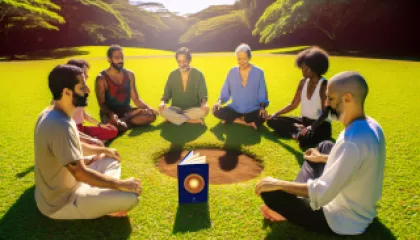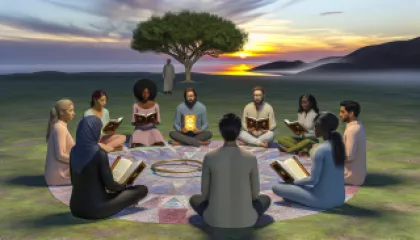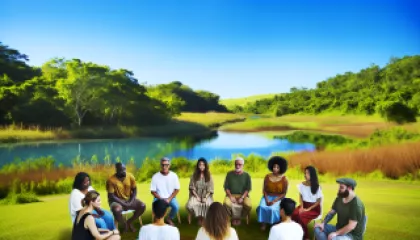Applying Lessons from 'The Alchemist' to Manage Chronic Stress
1 year ago
Managing Chronic Stress
Overcoming Anxiety with Lessons from 'The Alchemist'
1 year ago
Anxiety
5 Essential Steps to Enhance Your Digital Wellbeing
1 year ago
Digital Wellbeing
Top 10 Techniques to Sharpen Your Intuition
1 year ago
Developing Intuition
The Psychological Impact of a Digital Nomad Lifestyle
1 year ago
Digital Nomad Psychology
Mastering the Art of Overcoming Resistance: A Comprehensive Guide
1 year ago
Understanding Resistance
Transforming My Connections: A Personal Journey in Social Skills Training
1 year ago
Social Skills Training
Top 10 Diverse Relationship Types Redefining Love
1 year ago
Relationship Diversity








